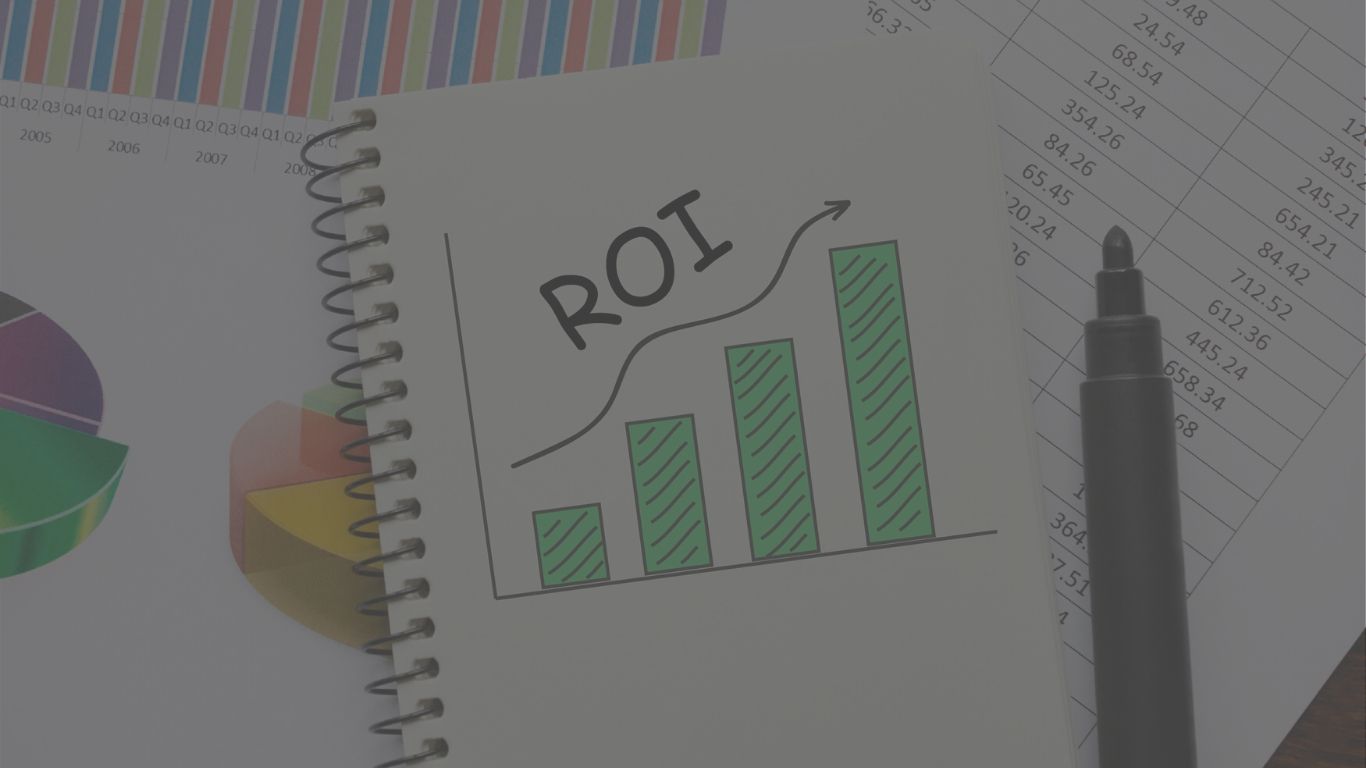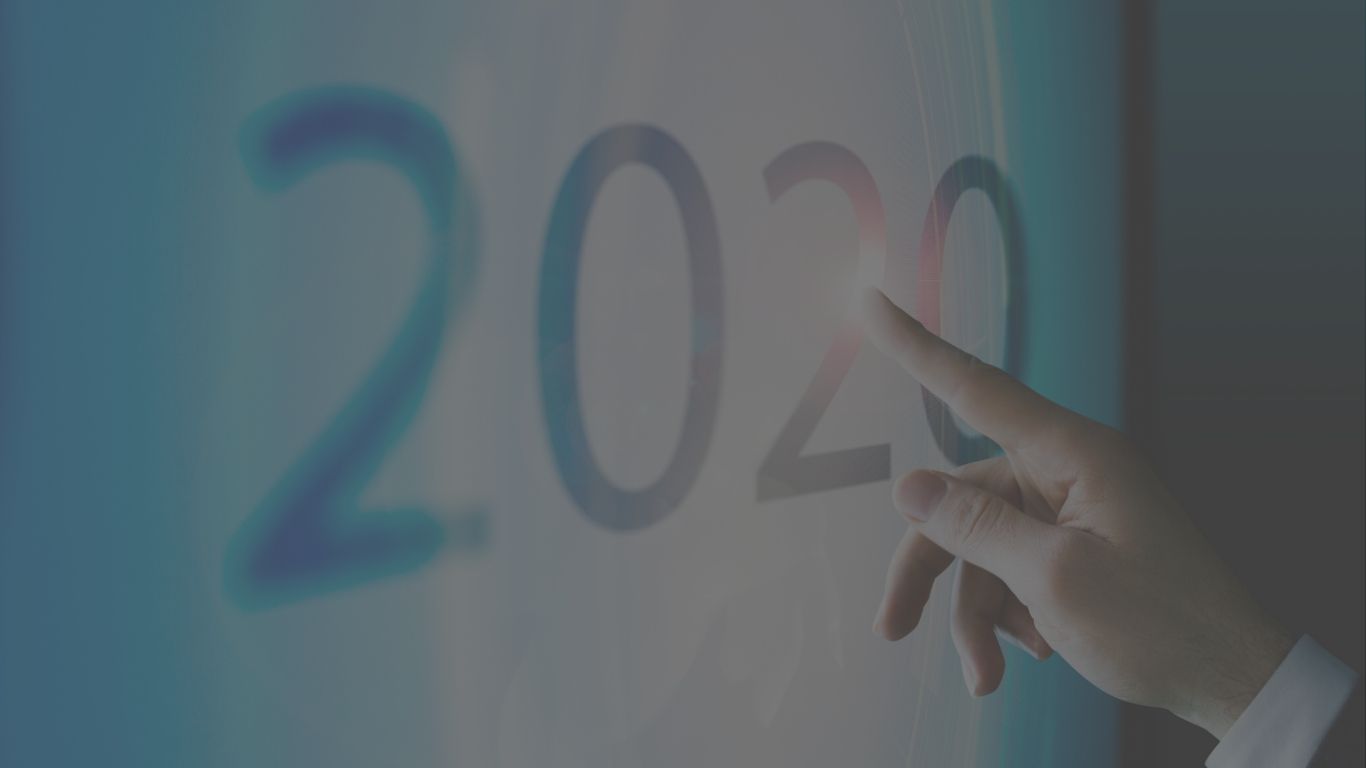The ROI in Digital Analytics
In a study in 2019 August, CMO Survey showed that the budget spent on marketing analytics has grown steadily over the last three years, rising from a low of 4.6% of marketing budgets in 2017 to the current 7.2%. This level is expected to grow by 61% over the next three years to reach 11.6% of marketing budgets. With this massive increase and an already considerable chunk of overall marketing spending, the question remains: What is the return on investment (ROI) on digital analytics? How can we quantify this amount of the expenses? In this week’s topic, we will show you the current trends in digital analytics ROI.
Digital analytics needs an ROI formula
With the increasing amount of marketing budgets in digital analytics, there is a general need to justify that amount of investment. Analytics had its attention and the fight for resources is over now. Companies have realized the importance of digital analytics but this also implied the ROI: what would be the return on investment on digital analytics, a descriptive, analyzing approach in marketing? Great needs come with significant responsibilities. Such is the journey of digital analytics from expense-incurring to income-generating.
Defining the profit: defining the impact
To determine the return on investment for digital analytics, we need to identify the impact of digital analytics in marketing. To illustrate the effect, we must consider the needs for digital analytics. The areas, where digital analytics plays a highly valued part and also where conversions happen. These are and not limited to micro-targeting, conversion funnel optimization, marketing automation for segmented target groups, attribution marketing, programmatic marketing, re-targeting and so on. These areas have analytics for their essential needs, without analytics, you can’t do anything in these areas.
Defining the investment: defining the costs
To properly evaluate the return on investment for digital analytics we must face the costs as well. There are hard costs, sleeping costs and consultation costs. Hard costs are the prices of services that your analytics team uses: subscriptions, based on the amount of data gathered from the number of channels you own. Sleeping costs are those analytics offerings that are done every day and have their added value but not the truly actionable insights that can be turned into profit. Consultation costs are the ones that you need to get for experts who will turn your data into actionable insights that can generate more profit from key areas in your marketing. Time is also involved in this as digital analytics is a long-term investment; one-off success with the use of analytics doesn’t happen every day.


